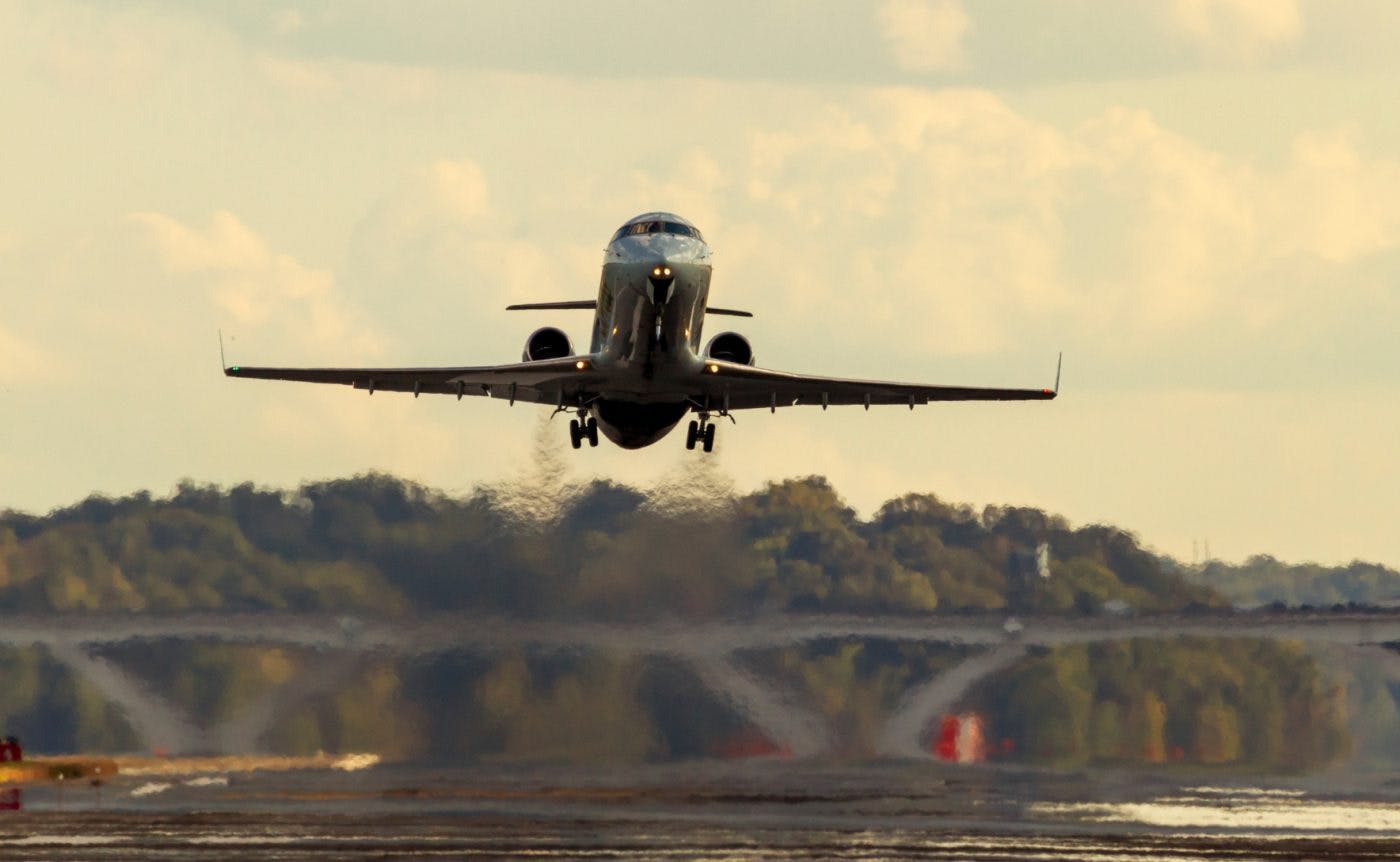Commercial aviation contributes to 2.5 per cent of global carbon dioxide emissions. To put that into perspective, aviation emissions are just below Japan’s and above Indonesia’s annual emissions for 2022 – despite a majority of the world’s population never having stepped foot on a plane.
Except during the height of the COVID-19 pandemic, demand for commercial flights has grown exponentially over the last few decades. This demand is expected to continue to grow, with recent estimates suggesting a 4.3 per cent annual increase is likely over the next 20 years.
While this is good for airlines in the short term, it also means more greenhouse emissions. In response, the International Air Transport Association (IATA) passed the Fly Net Zero commitment in 2021 – an aim for net zero carbon aviation operations by 2050.

In an attempt to meet this target, many airlines are exploring the use of sustainable aviation fuels as an alternative to the traditional petroleum-based fuels.
These alternate fuels may reduce emissions from air transport, but are they actually kinder to our environment?
What are sustainable aviation fuels?
Sustainable aviation fuels are said to be capable of delivering the same performance as petroleum-based fuels with a far smaller carbon footprint.
They can be made from a range of products, including corn grain, oil seeds, algae, natural oils and fats, and wet wastes, such as manures and wastewater treatment sludge.
In November 2023, a commercial airliner flew across the Atlantic on a purely sustainable fuel source made up of tallow-rendered beef and lamb suet-and other waste fats. American company Alt Air produces sustainable aviation fuels from tallow by adding hydrogen to remove oxygen, before refining the fuel.
Hydrogen itself does not emit carbon dioxide when burned or used in a fuel cell, however, if released into the atmosphere hydrogen increases the amount of other greenhouse gases such as methane, ozone and water vapour. The small molecules that make up hydrogen are difficult to contain, making leakage into the atmosphere easy and common.
While tallow-based fuel, or other sustainable aviation fuels, have been shown to reduce carbon dioxide emissions during flight, there is less visibility on the broader environmental impacts on how these fuel alternatives are sourced and produced.
Feeling the demand for sustainable aviation
When it comes to tallow-based fuel, there is not yet enough information to determine the correlation between current meat supply demands and aviation fuel demands.
If tallow were to be scaled to become a major aviation fuel source, there is little information on the potential impacts on the meat industry, and whether increased demand could drive unsustainable practices.
Tallow is not the only sustainable aviation fuel source, so the demand could be supplemented by other sources to reduce pressure on the meat industry. But some studies suggest that the use of alternatives like corn and seed oils as an aviation fuel source can lead to biodiversity loss, deforestation, additional pressure on water resources, and increased demand for land and commodities.
These crops are obviously also important as food, so there is a question around whether we can afford to put more pressure on agriculture, especially at a time when extreme weather events-which are becoming more frequent and severe as a result of climate change-is likely to put supply chains at risk.
The harsh realities of sustainability
In recent years, the sustainability of commercial air travel has improved.
Between 2005 and 2019, fuel consumption per passenger-kilometre reduced by 39 per cent. While there are alternate means of improving the efficiency of commercial flight, sustainable aviation fuels remain a prominent means of reducing carbon dioxide emissions for the aviation industry.
Ultimately, sustainable aviation fuels do offer a greener future for flights, but the reduced carbon dioxide emissions cannot be the only measure of sustainability-the broader environmental impacts of sourcing and producing these fuels must also be considered.
The idea of sustainability needs to extend beyond one metric. Reduced carbon dioxide emissions during flight is a positive thing to aim for, but not if it results in other domains shouldering the environmental burden of their production.






